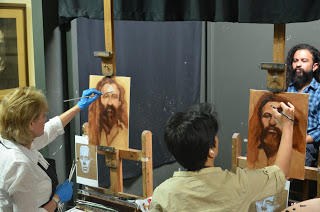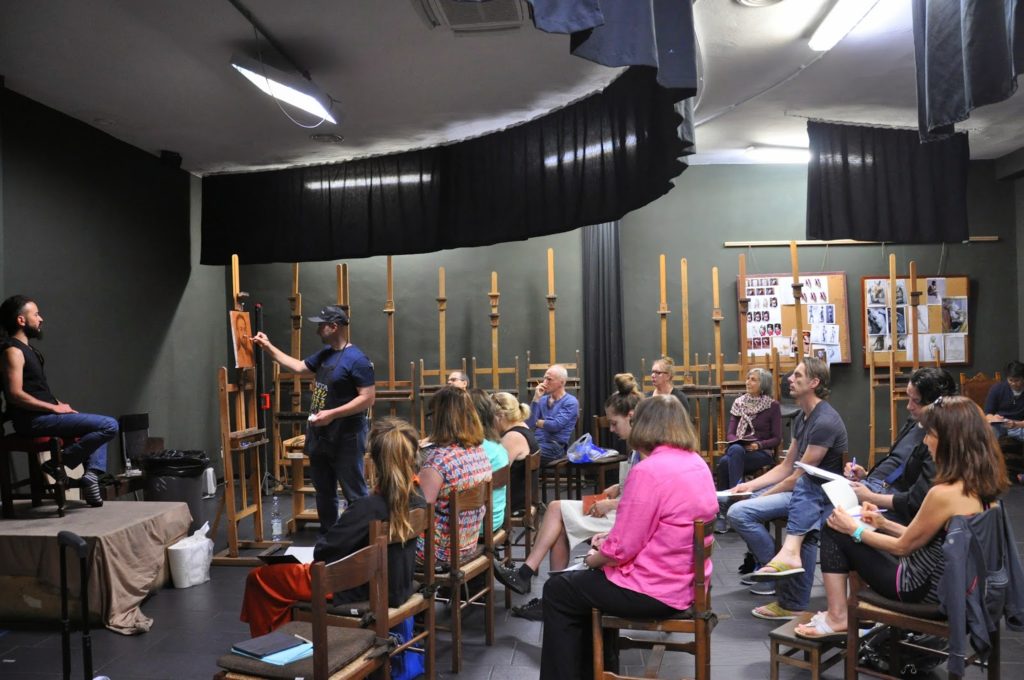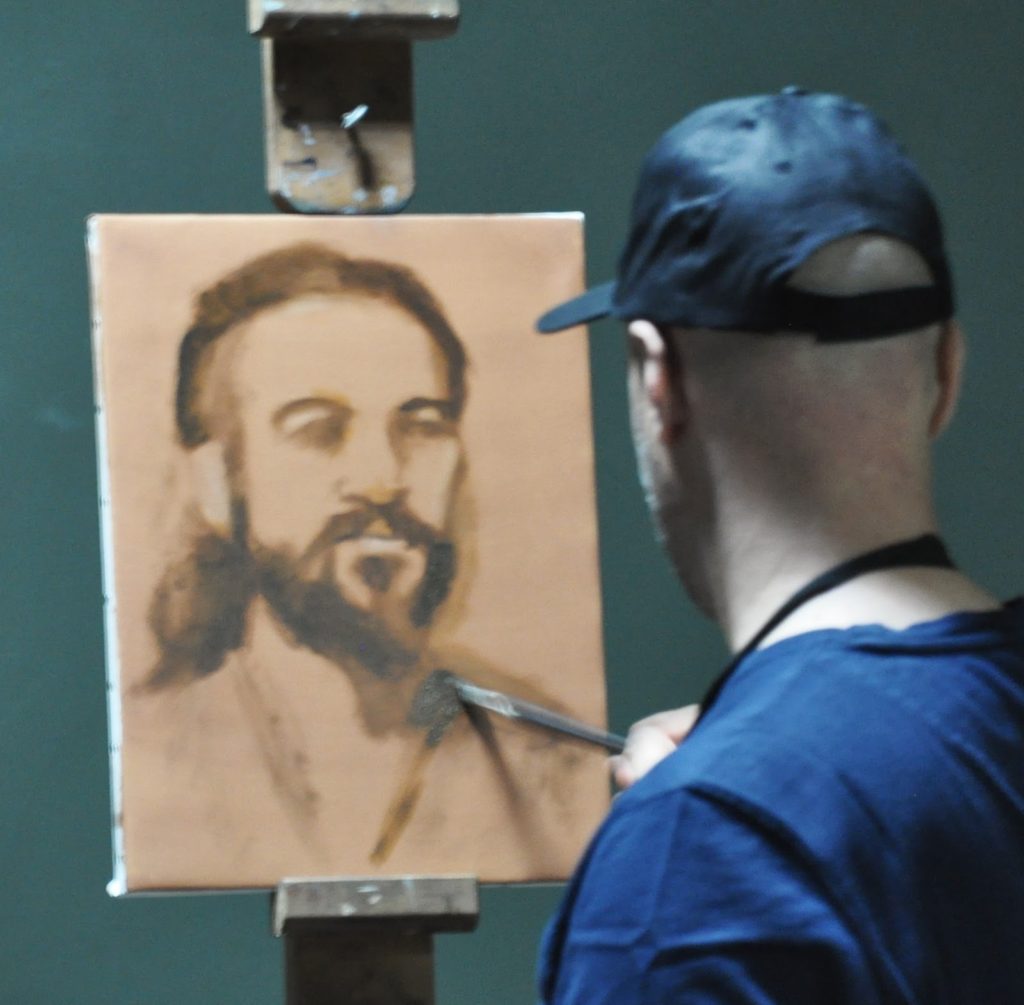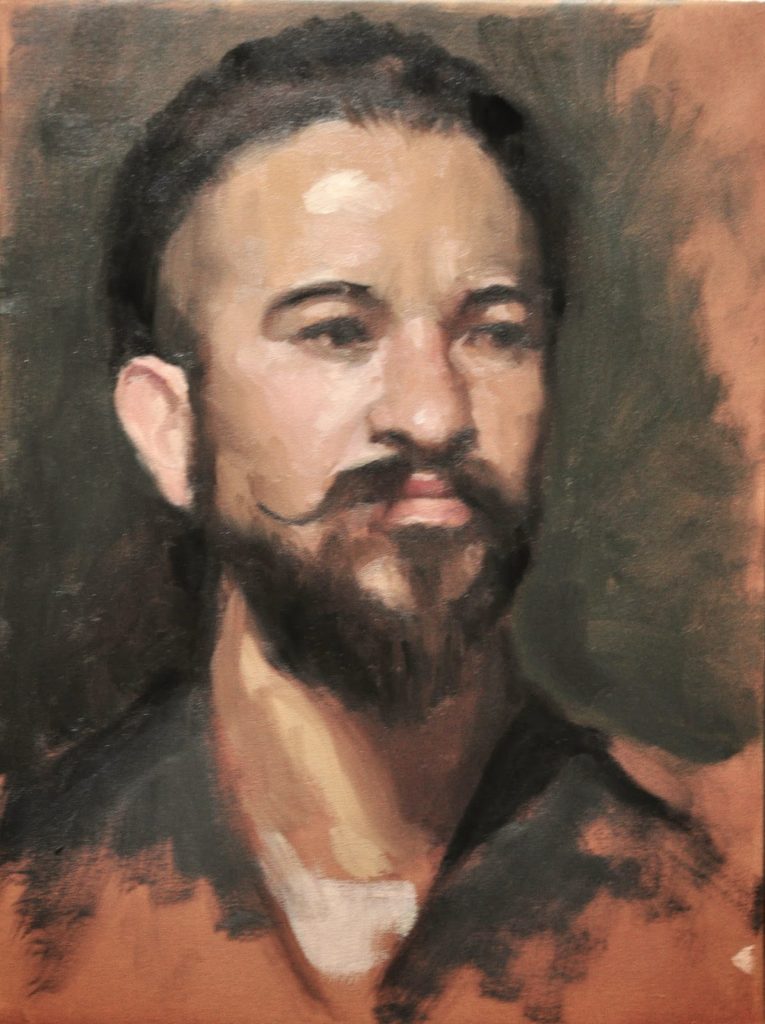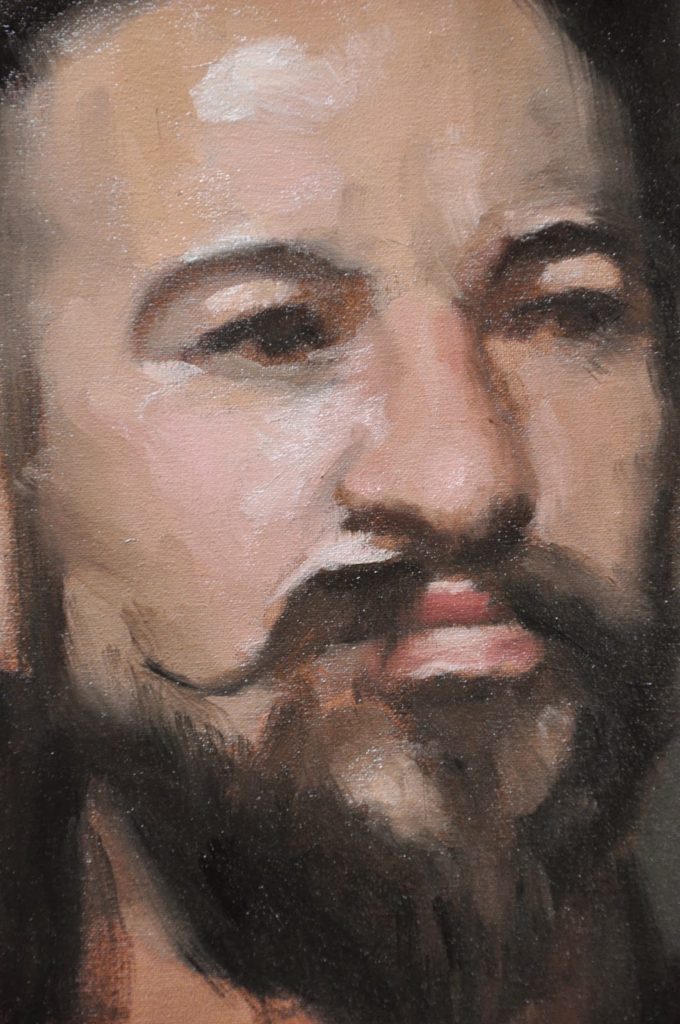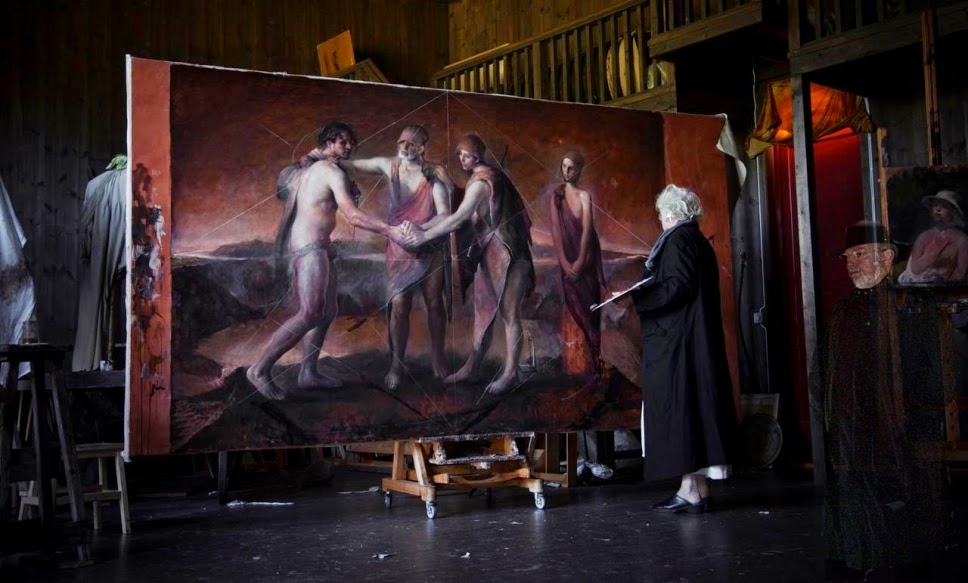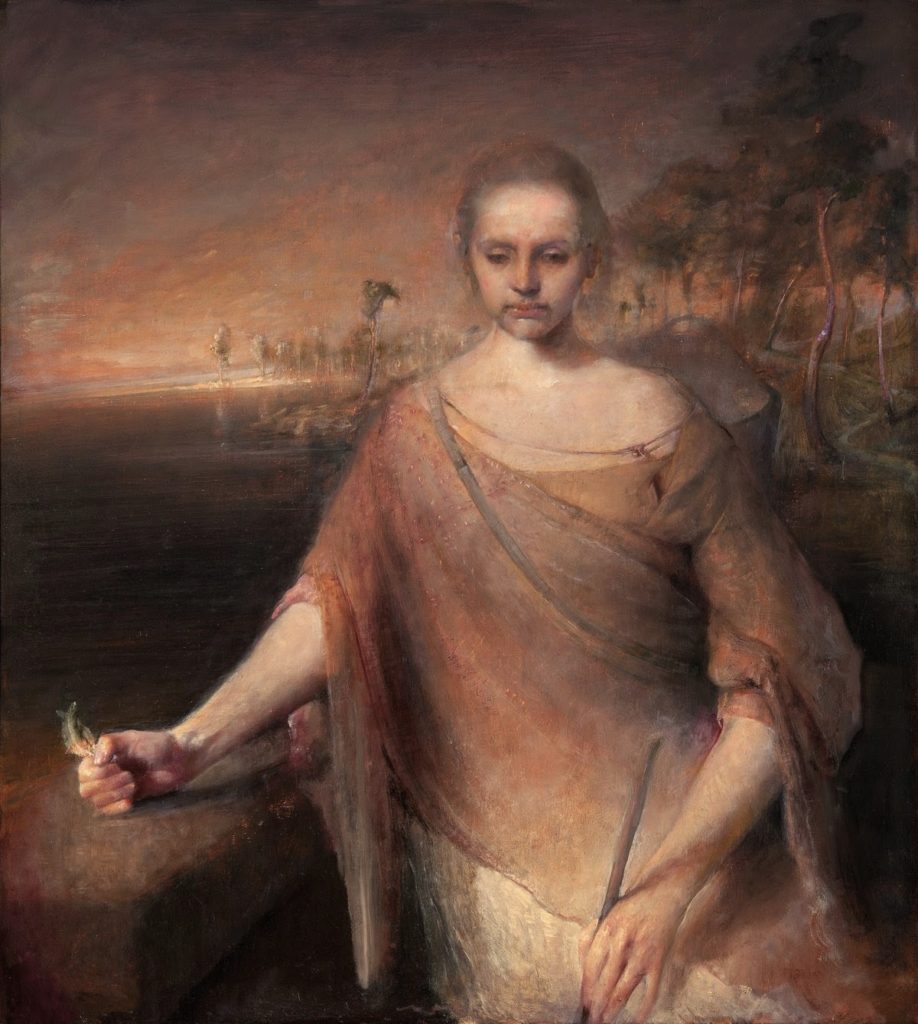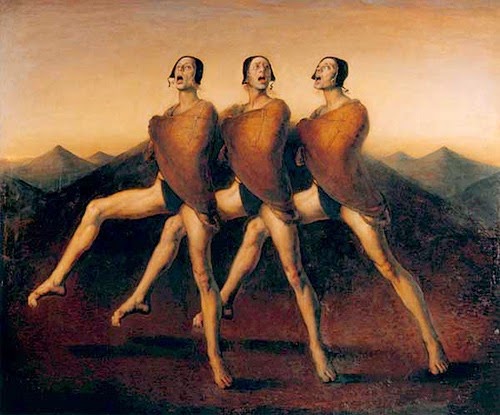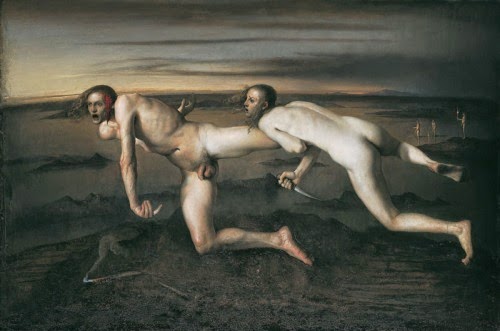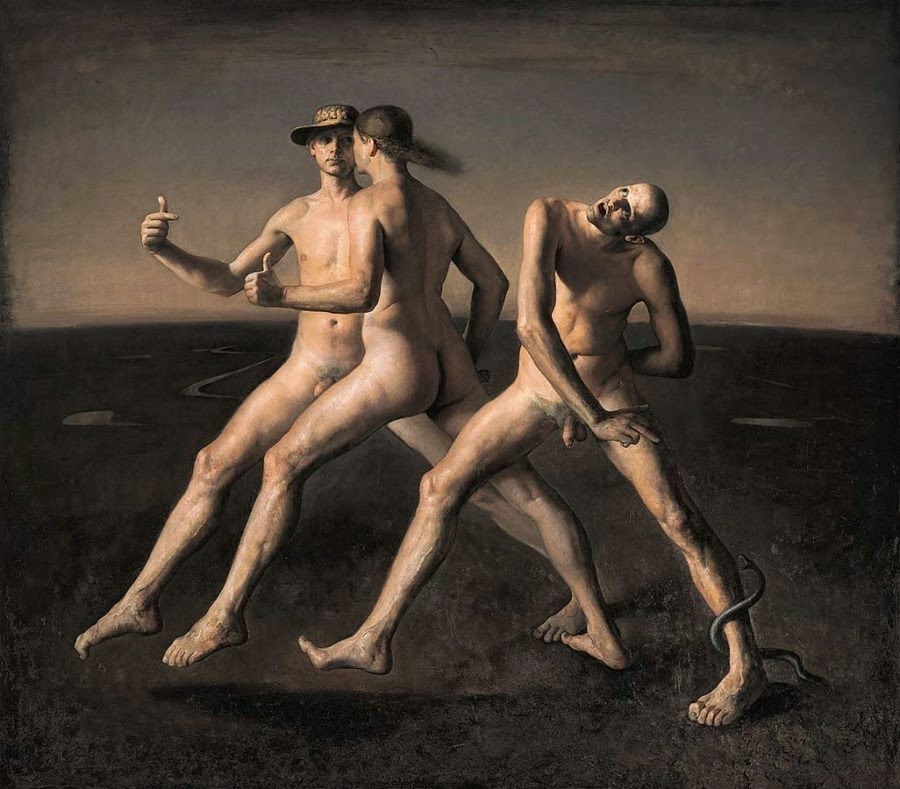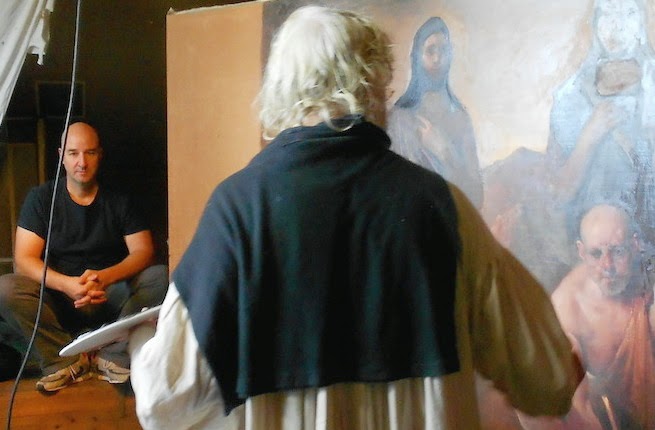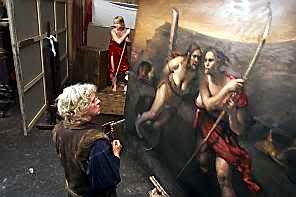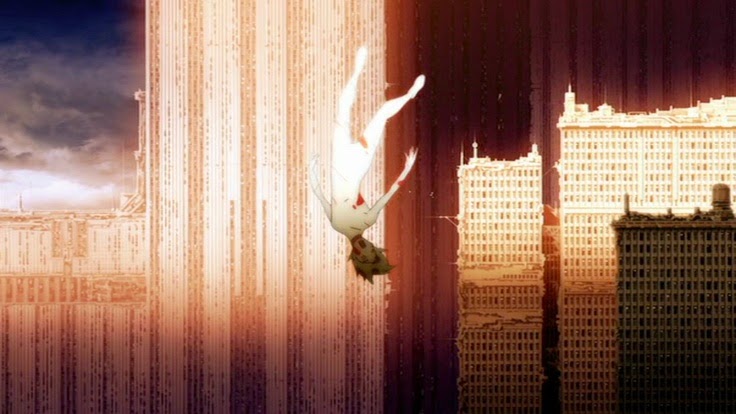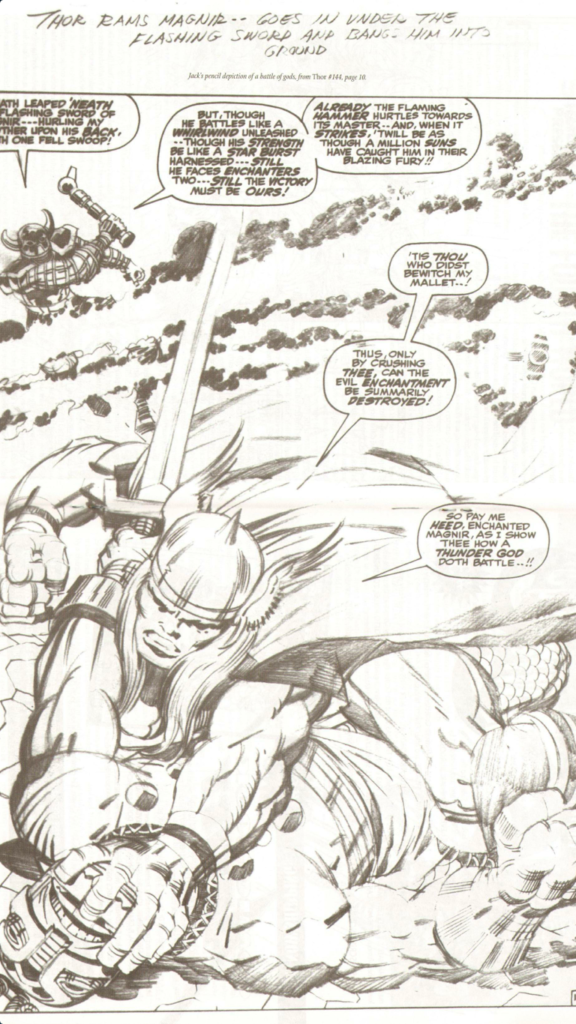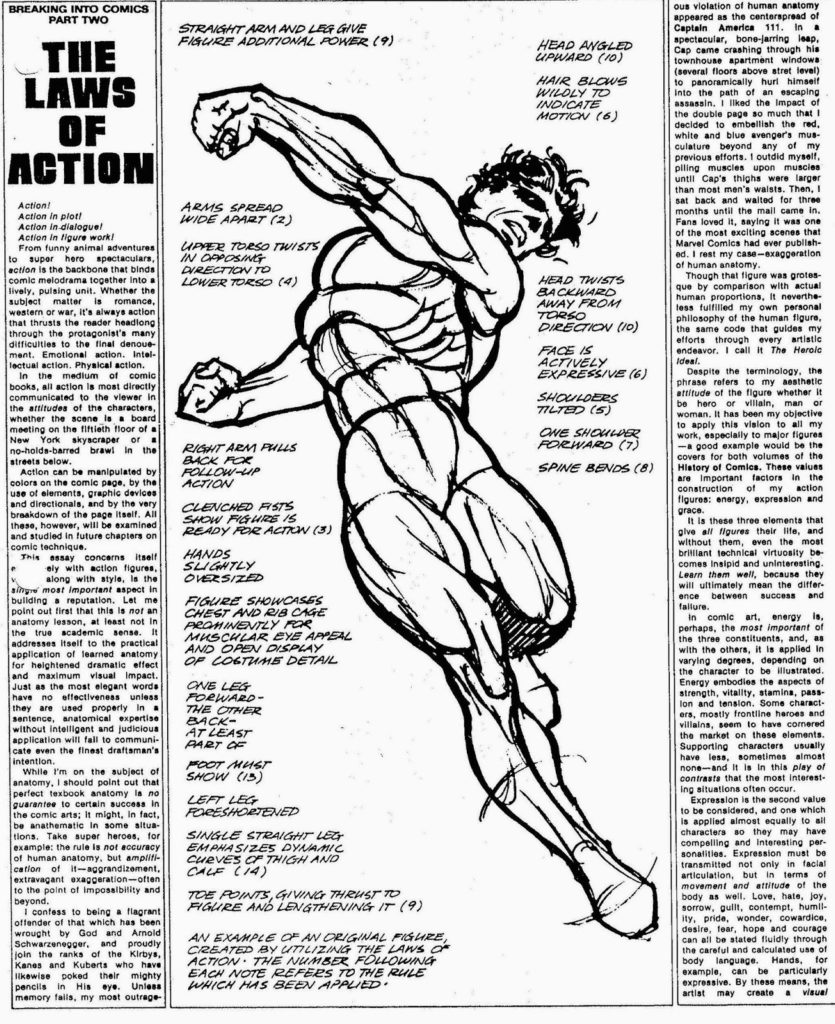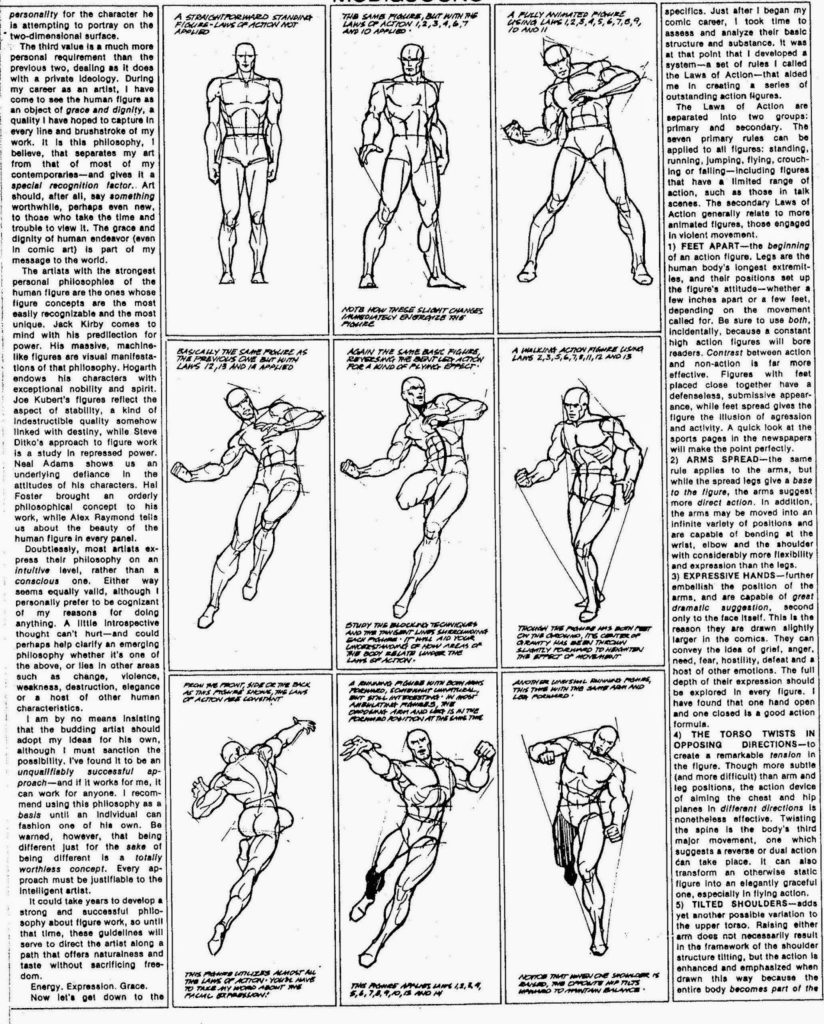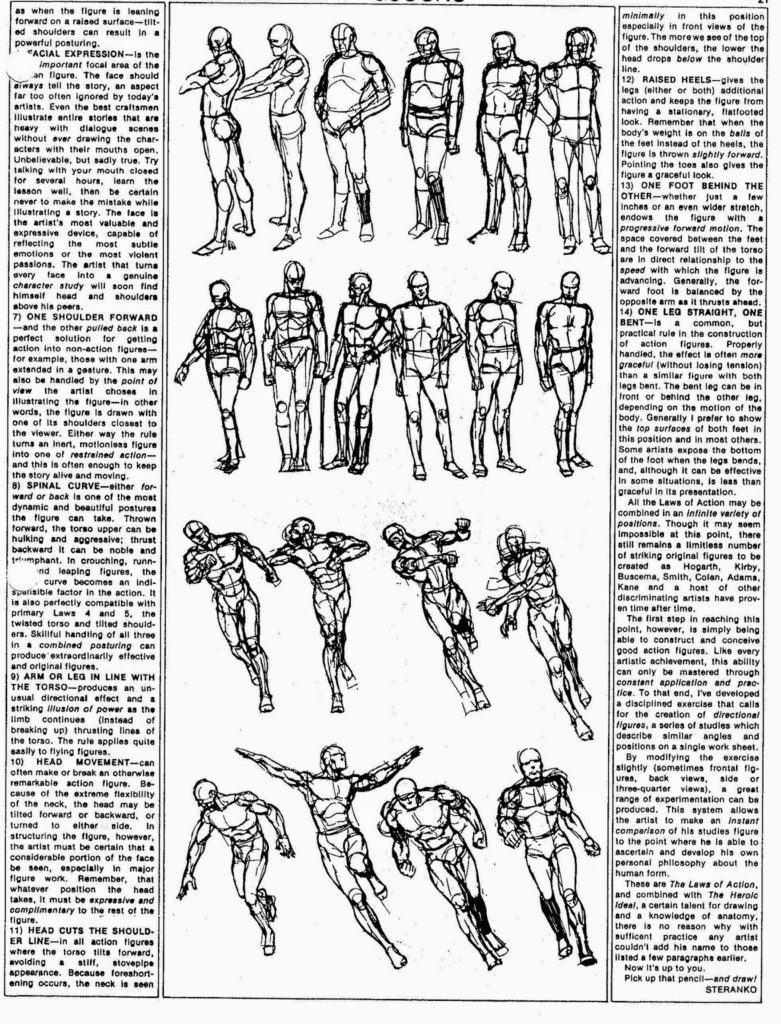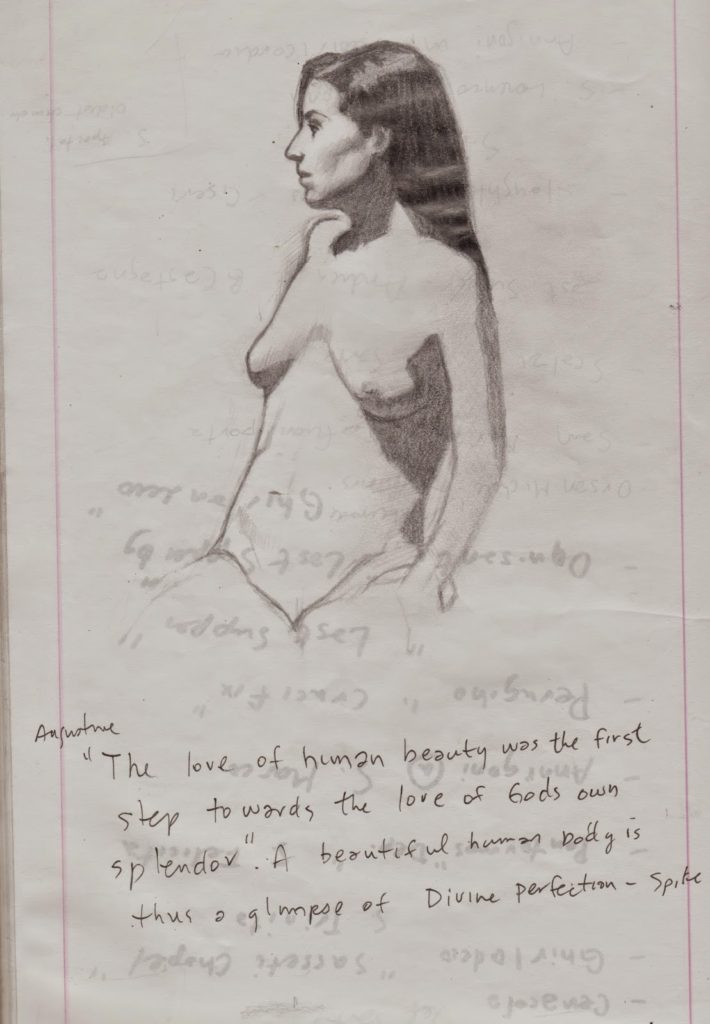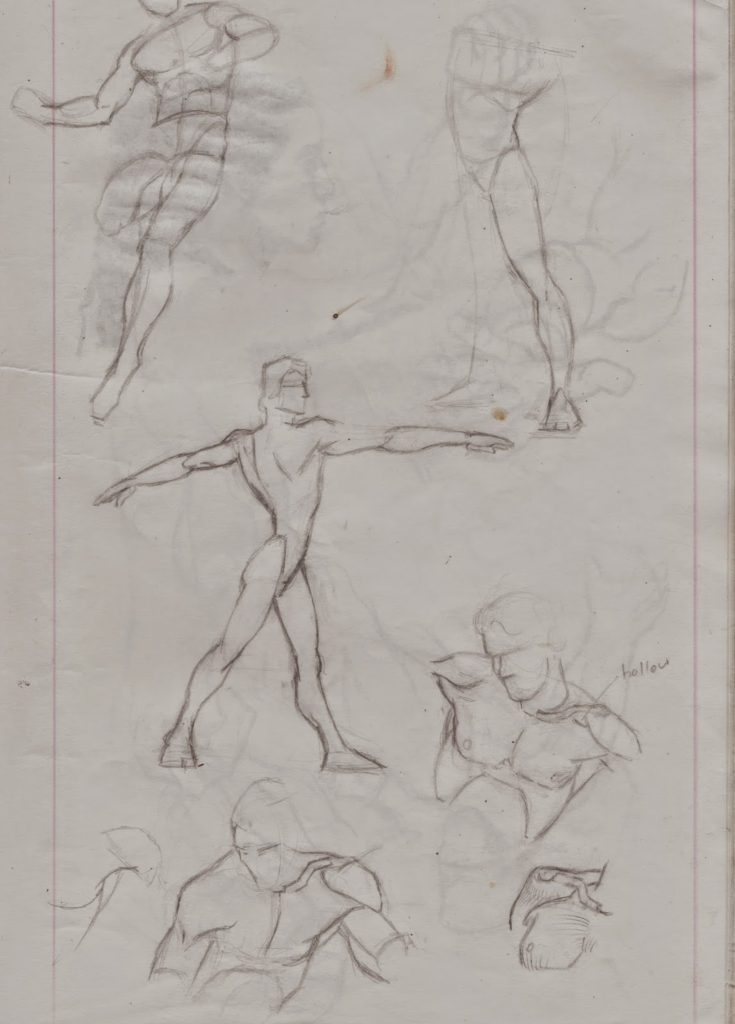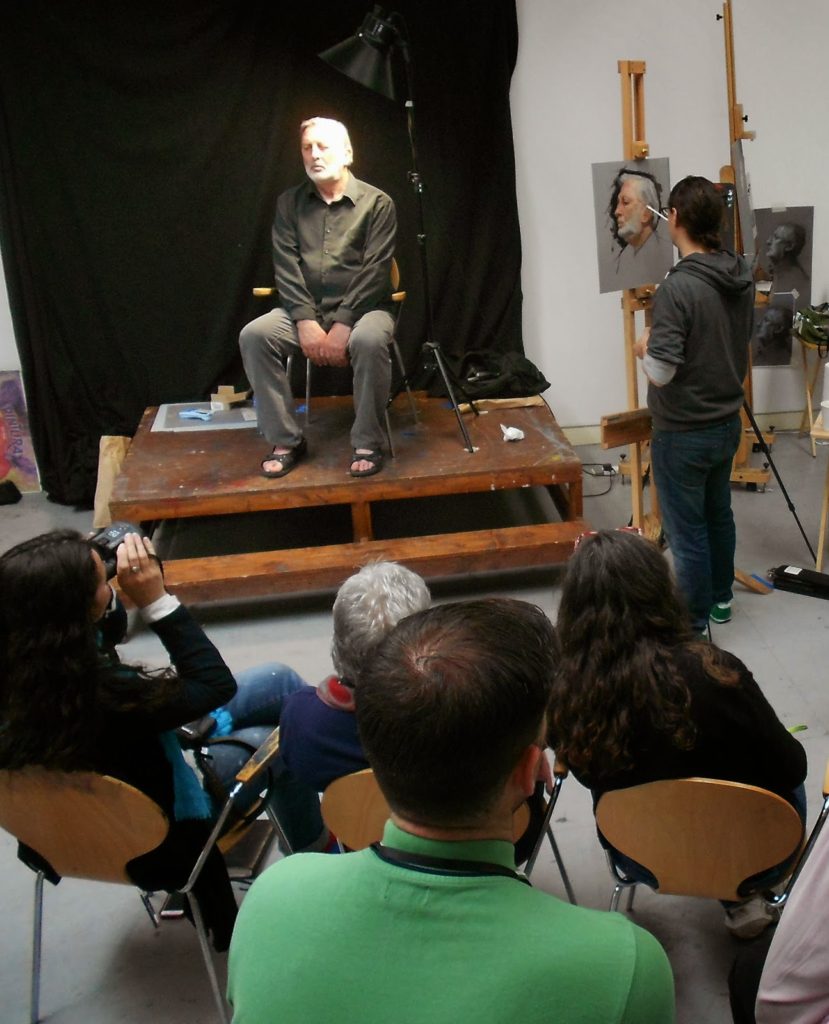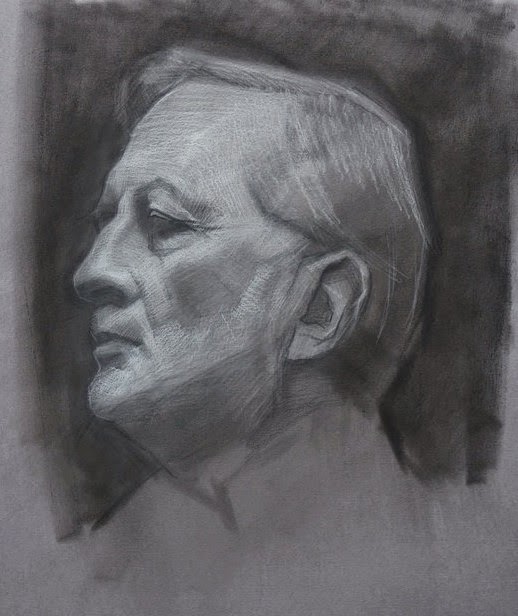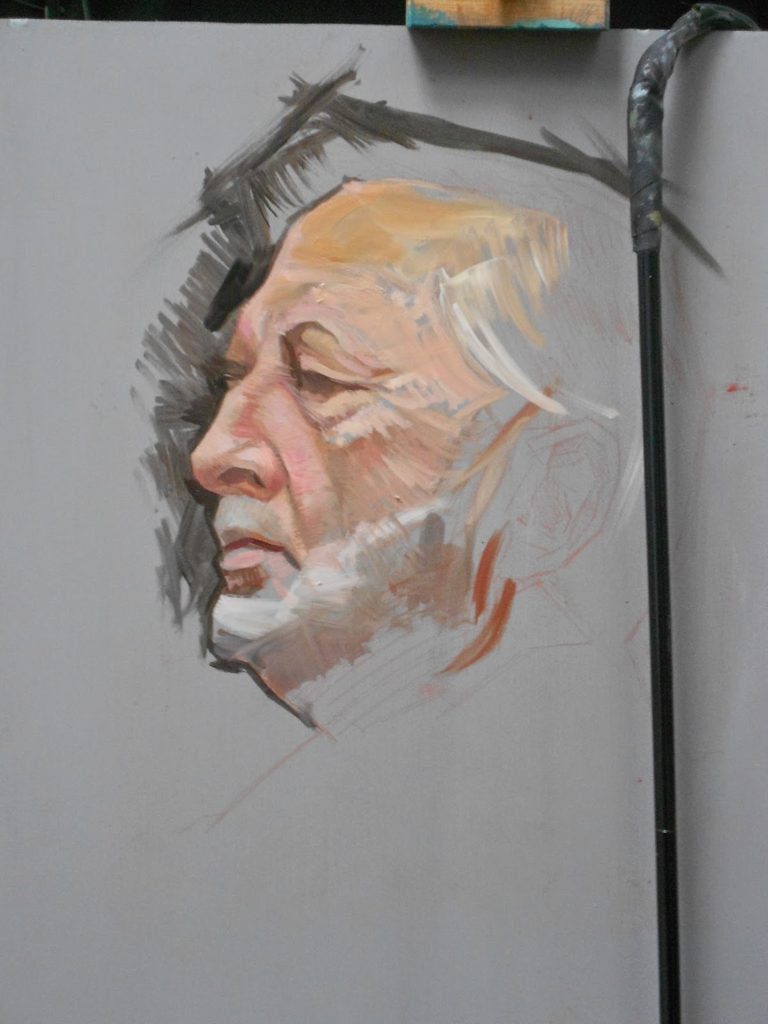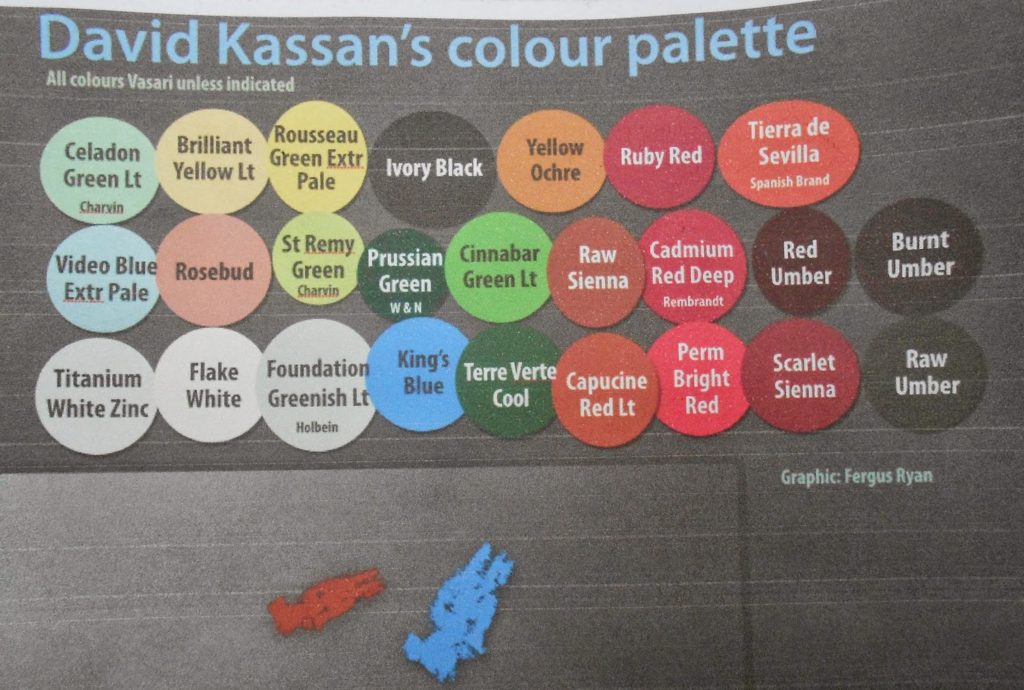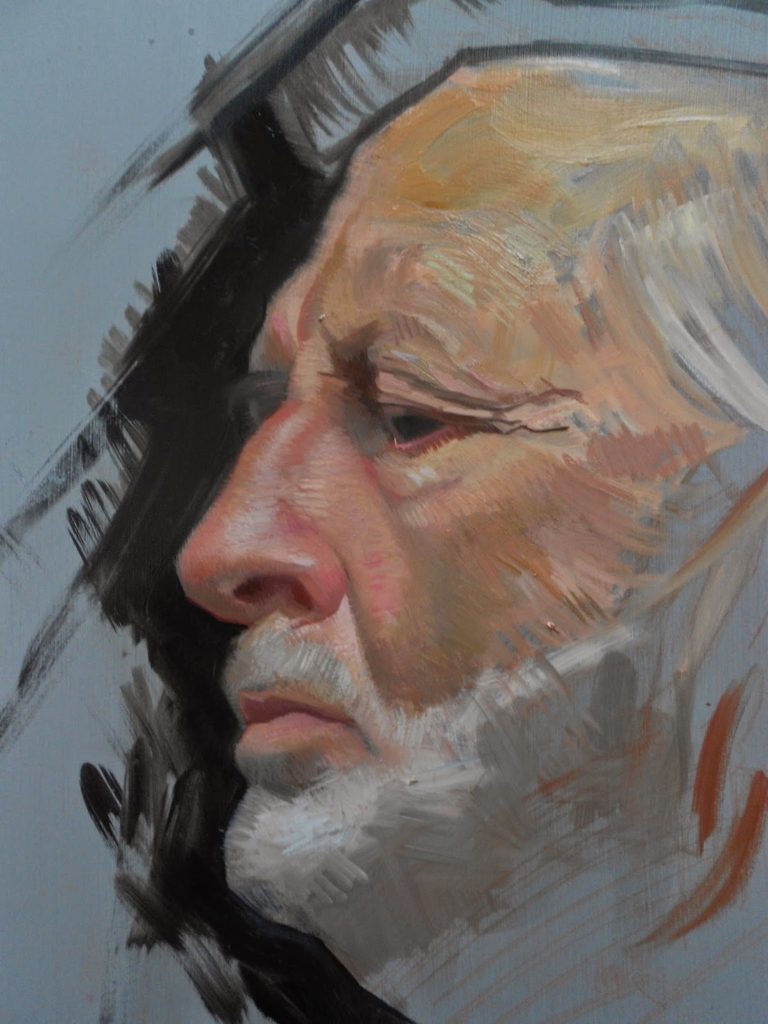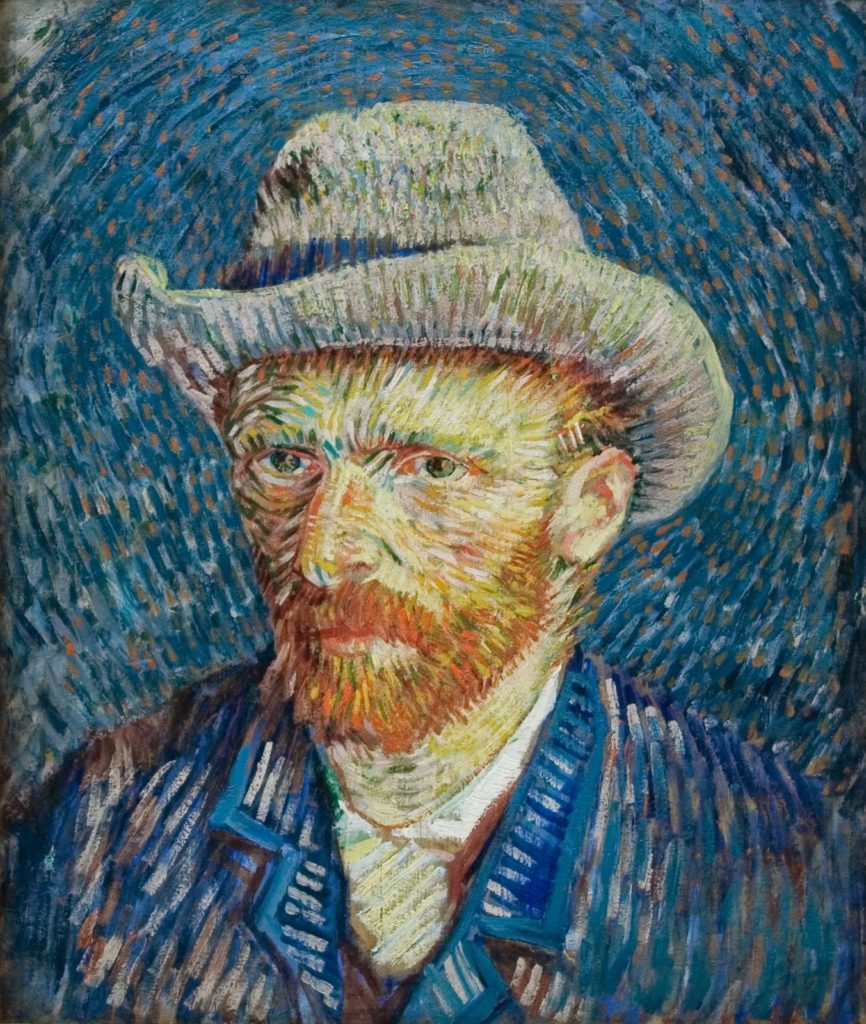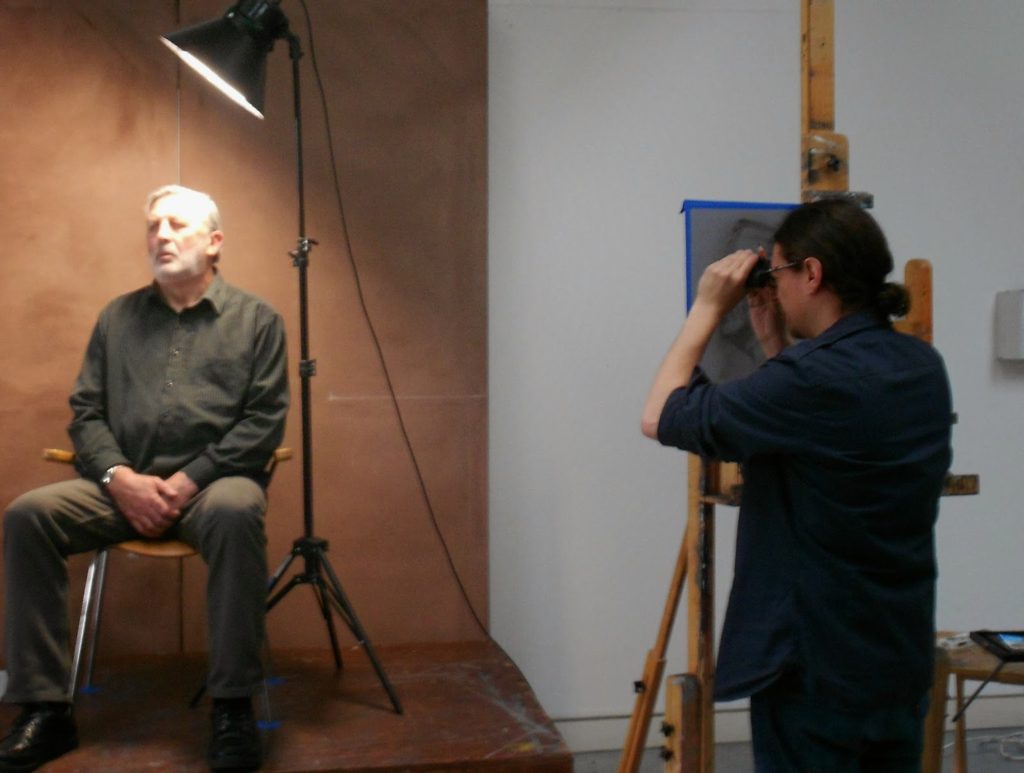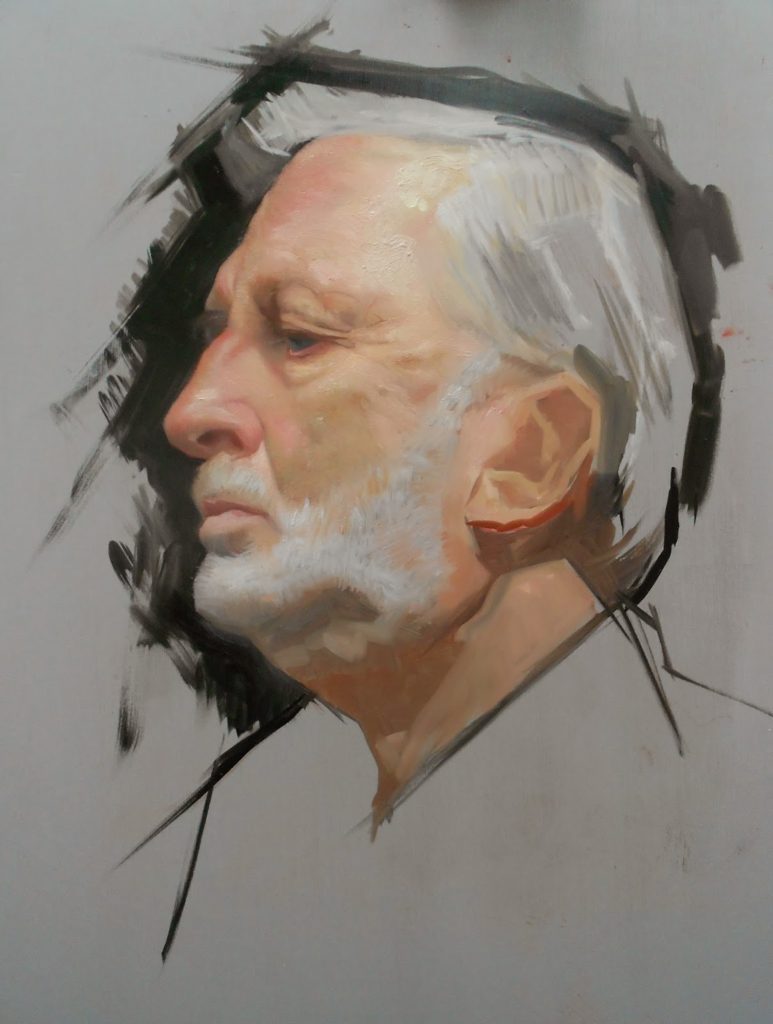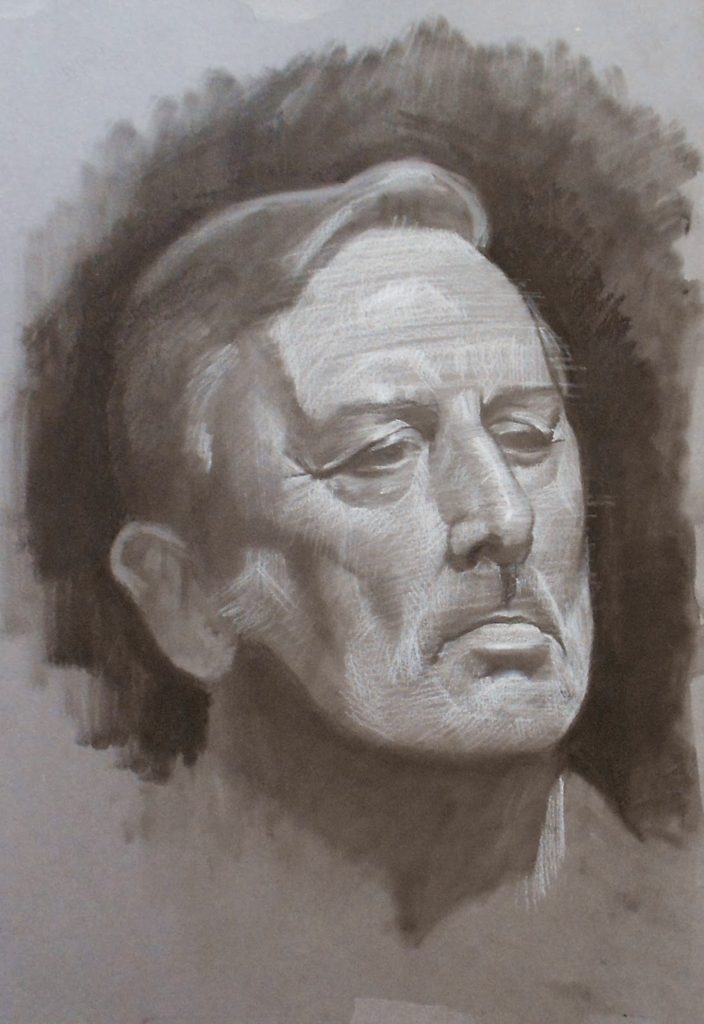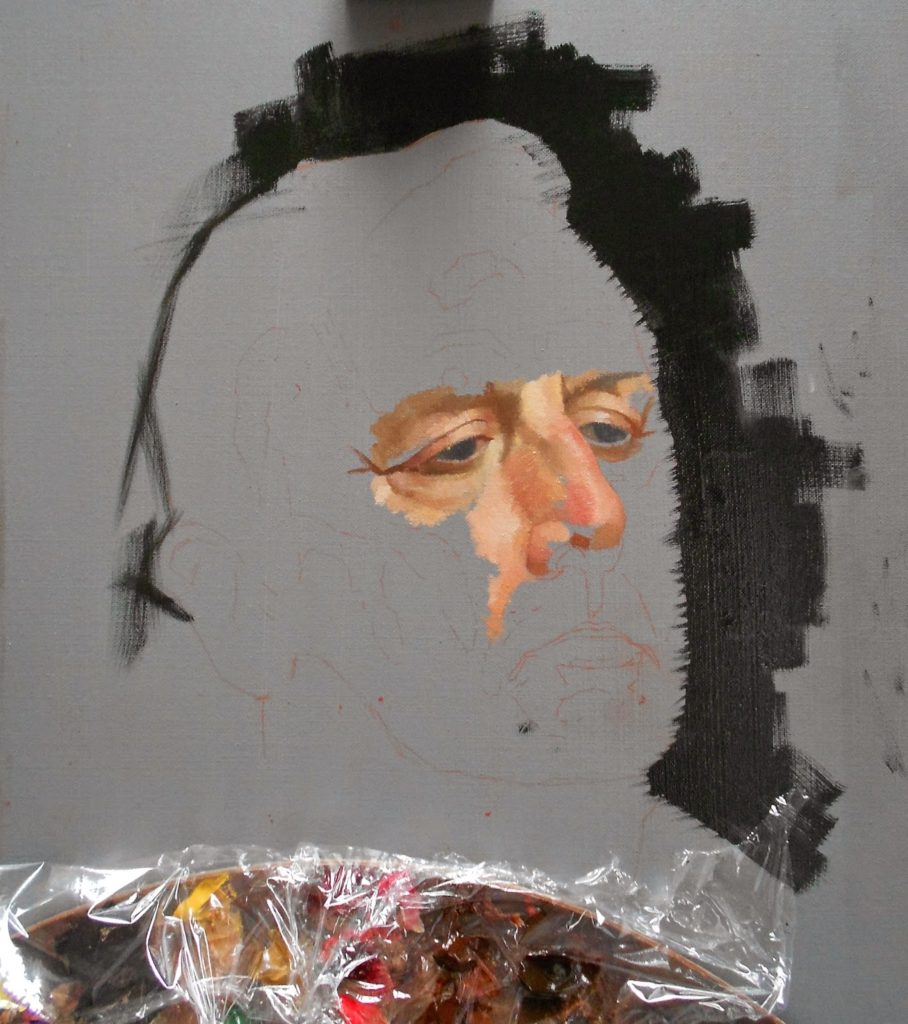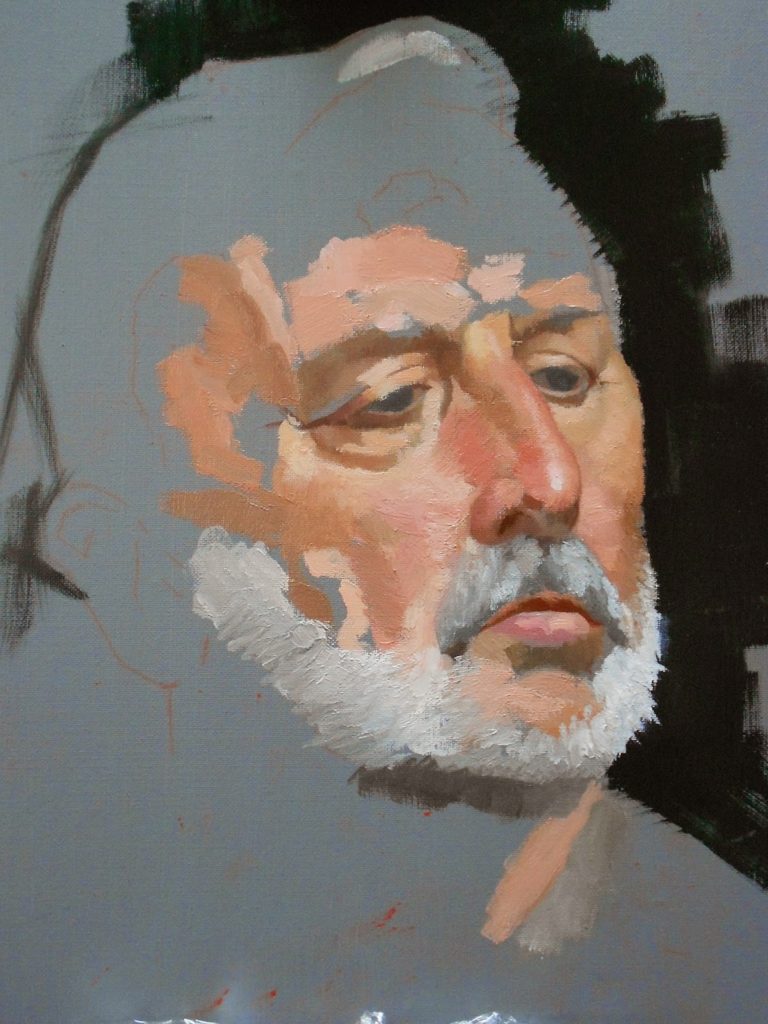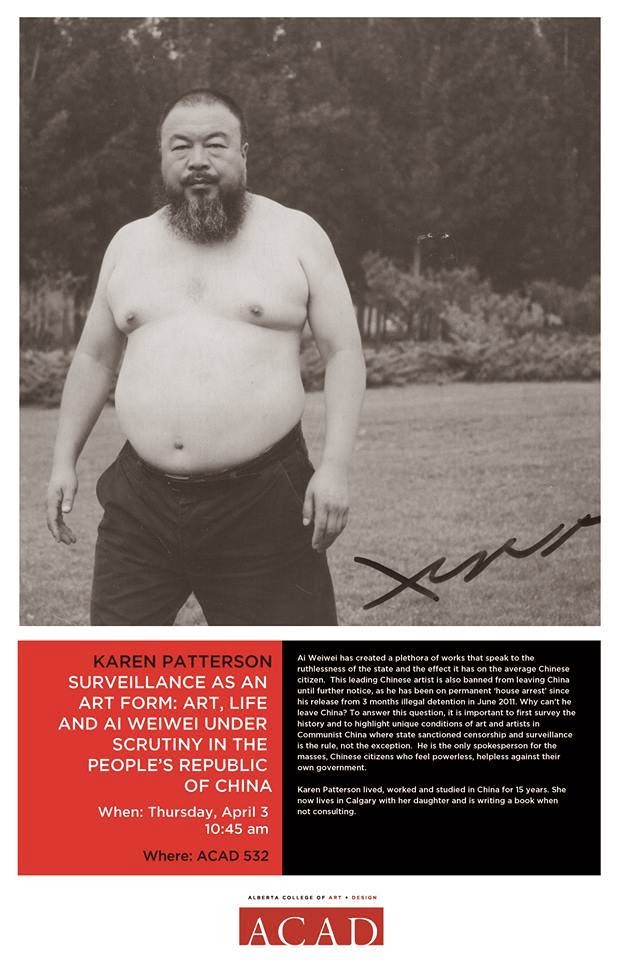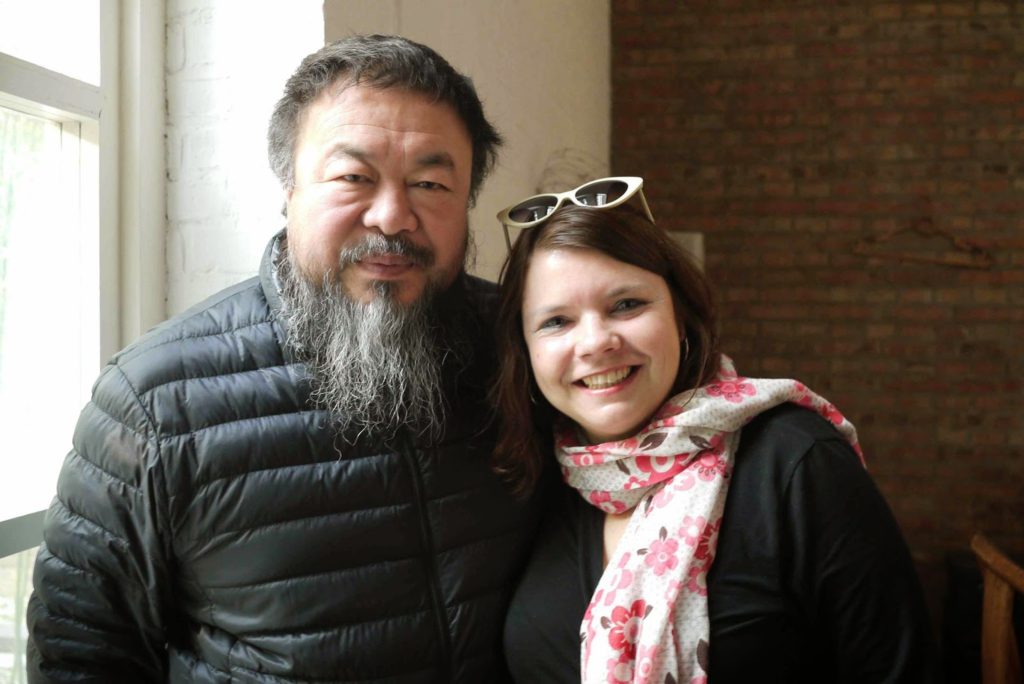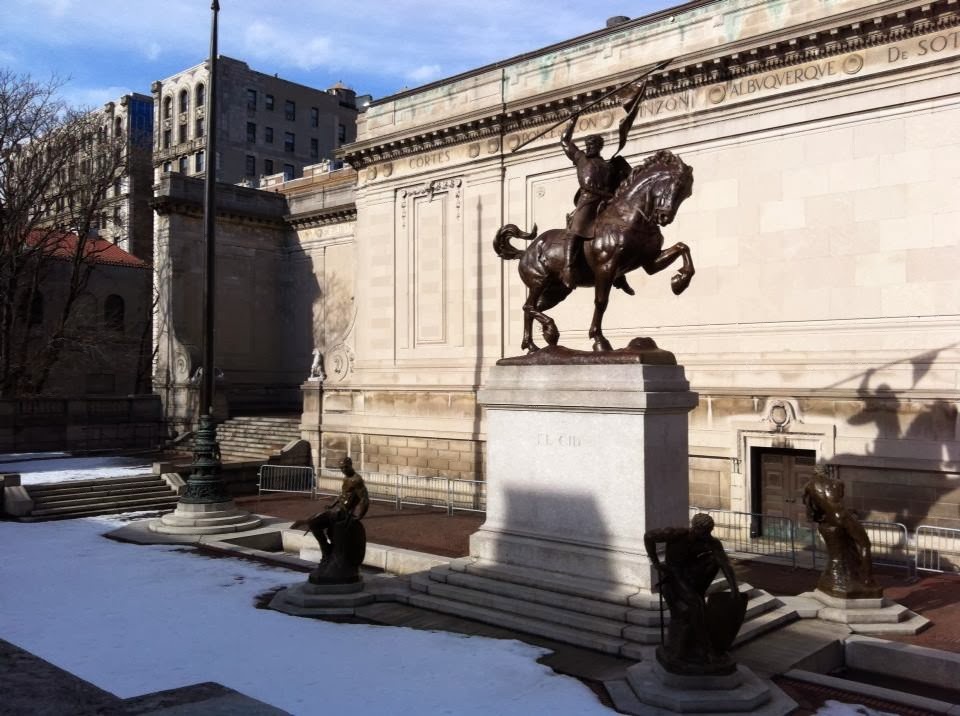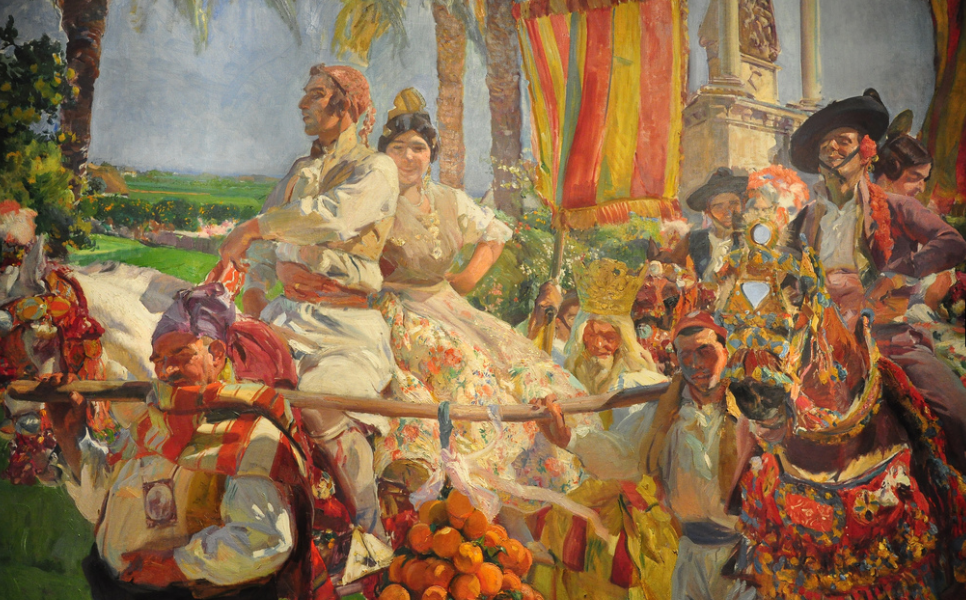Portrait Painting in Firenze 2015
I have just completed the my 2015 edition of portrait painting. This year we had 14 students and eight models.
Portrait Painting in Florence
I have finally gotten around to uploading a series of videos taken of me by friend Luccio Parillo during my workshop, ‘Methods of Contemporary Portrait Painters’ at the Angel Academy in June of 2014. Each video is a short slice (around 1 – 2 minutes) of my 3 hour demo painting well known model Rony Cadavid.
Workshop Schedule
November 6 – 17, Richmond B.C – Methods of the Masters: Caravaggio
hands-on familiarity with the techniques of one of the great masters of sacred
art, Michelangelo Merisi, also called Caravaggio. Known for dramatic compositions
using light and dark, called chiaroscuro, Caravaggio developed a very specific
and efficient way of working. Using a high-quality reproduction, students will
have the opportunity to thoroughly study how Caravaggio created his
masterpieces. Beginning with the drawing stage through to the final glazes, all
stages of Caravaggio’s painting process will be discussed and practiced.
presentation introducing Caravaggio and his work, along with a step-by-step
overview of the painting process. The instructor will demonstrate each of the
key steps in the painting process and will individually assist each student as
they progress on their copy.
Artistic Anatomy – Odd Nerdrum
Odd Nerdrum is one of the most interesting and important artists alive today. Nerdrum’s pictures reflect the spiritual malaise which overwhelms post-modern man. His paintings are timeless, yet radically traditional.
The figures of Nerdrum’s (seemingly) post-apocolyptic landscapes reflect a clear belief in the manipulation of anatomy to express a mood or an idea. The master himself talks about this:
“The highest level you could think about is when you make a picture where you can’t say when it was made. You have to make small heads, big hands, long stomachs, so the whole figure is moving upwards”. (https://www.youtube.com/watch?v=oUrP2cvtFJ4#t=21m34s)
In other of Nerdrum’s paintings he distorts the figures in a less graceful way.
Dimension Bomb
Artistic Anatomy – Kirby, Steranko and the Laws of Action
For much of the 20th century, particularly in the dark days of the 60’s and 70’s, comic books were where much of the figurative tradition lived. Comic books are a great way to start of a series of posts on artistic anatomy considering that the simplification and distortion of anatomy is key to the art form.
The greatest comic artist of all time, Jack Kirby, is a example of an artist using artistic anatomy,
A Glimpse of Divine Perfection
“A beautiful human body is thus a glimpse of divine perfection” – Dr. John Spike
Dublin with David
The workshop focused on the students learning Kassan’s method of approaching a portrait painting. The class was split between David’s demo and the students working.
From the first morn David set the tone, wanting the workshop to be a positive group experience. He would move through the classroom, attending to each student individually and guiding them in whatever way he saw necessary for success. David himself was very personable, alternating between cracking bad jokes and espousing his philosophy on painting.
David begins with a drawing on gunmetal gray Daler-Rowney Canford card paper, using Pan Pastel black blocked in with a number 4 trowel shaped drawing tool. From the block-in he refines the drawing with General’s Charcoal pencils and white chalk pencils.
(check out this video)
Once completed, the drawing is photocopied and Pan Pastel red iron oxide is rubbed on the back of the copy. This is placed upon die-bond plastic board that has been prepared with Golden N6 acrylic grey and traced out. Below you can see the beginning stages of the painting along with the drawing on the board.
The final painting was auctioned of with proceeds going to the David Kassan Foundation
Below is my work (no time for the poor ear). David kept telling me to add more texture. The method is a lot different than the way I work which is from large general block-ins down to the specific. Here I had to jump into the detail right away and work from the center out.
David has videos on his drawing and painting methods that are available for purchase through his website: http://store.davidkassan.com
Art and LIfe in China
My friend Karen Patterson gave an excellent talk at the Alberta College of Art and Design in Calgary entitled: “Surveillance as an Art Form: Art, Life and Ai Wei Wei Under Scrutiny in the Peoples Republic of China”. Karen spent 15 years, living and working in the artist community in Beijing. She was was married to the artist Wu Yuren and was a friend of Ai Weiwei. While we may know something in passing of the work of these artists, her talk gives us close up view of the day-to-day struggles they face. The recording picks up just after the intro:
https://soundcloud.com/martinhoc/art-and-life-in-china
Ai Weiwei’s website: http://aiweiwei.com
Karen’s website: http://www.xculturalconsulting.com,
Wu Yuren’s website:http://www.wuyuren.com
Sorolla Murals- The Painter of Light Goes Uptown
The high point however are the murals by Joaquin Sorolla y Bastida (1863 – 1923). The Sorolla Room’s panoramic series of 14 canvases present a celebration of regional costumes and cultures entitled, “The Provinces of Spain”. This video I took gives you and idea of the scale:



